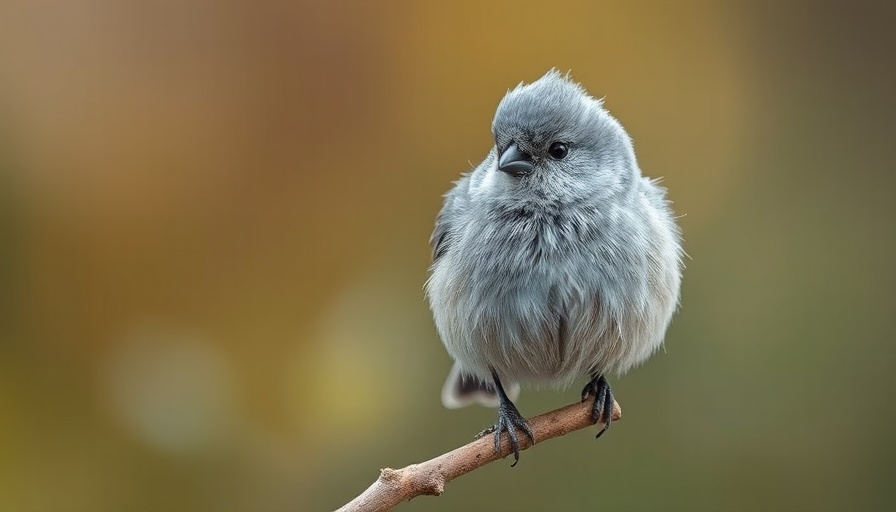
Meet the Tiny Powerhouses: Bushtits
Bushtits, those delightful little songbirds, are a sight to behold as they flit about in flocks of 20 or more. Weighing in at a mere 5.3 grams—equivalent to just four paperclips—these birds are not only small but are also essential contributors to their ecosystems. Found mainly in the western regions of the United States, Bushtits are adept foragers, hanging upside down to search for tiny insects and spiders that larger birds can’t reach.
The Co-operative Nesting of Bushtits
In spring, Bushtits reveal their fascinating social habits, where pairs join forces to weave together intricate nests in the branches of trees. This cooperative nesting strategy is crucial for their survival. When nesting alongside other Bushtit families, parents receive help from additional adults, making it easier to care for their young. These communal approaches not only provide warmth and safety from predators but also ensure all the fledglings get the feed they need during growth.
Gardening Benefits: Nature's Tiny Pest Control
For homeowners, having Bushtits as neighbors comes with excellent benefits. As they tirelessly forage for insects, Bushtits help protect gardens from harmful pests like aphids and scale insects. Instead of resorting to harmful pesticides, you can let these small birds tackle insect infestations naturally, clearing your garden of pests while promoting a healthier ecosystem. Keeping native plants that attract insects will encourage these lovely little helpers to visit your yard.
Preserving Their Habitat
Despite their stable population in California and surrounding areas, Bushtits face challenges such as habitat loss and climate change. You can play a role in mitigating these threats by providing suitable nesting areas and native plants in your garden. A little mess in your backyard might be the perfect home for Bushtits, contributing to their survival and the overall health of local wildlife.
Join the Celebration of Nature
As you marvel at the antics of Bushtits, consider participating in events that celebrate avian life and conservation. Join BirdNote as they host exciting activities featuring illustrations and educational opportunities, encouraging awareness and appreciation for these tiny songbirds and their larger role in our environments.
 Add Row
Add Row  Add
Add 




Write A Comment